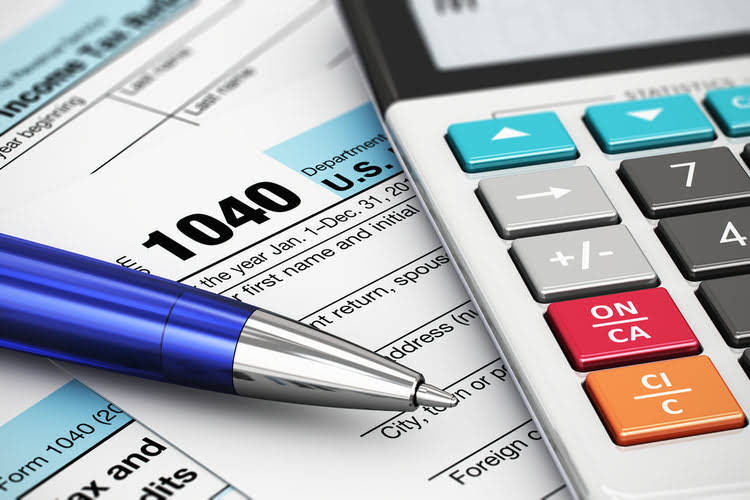
In a chart of accounts, each financial account and sub account is assigned its own identifying name and numerical code. This gives leaders very specific visibility into how money is moving across the company, allowing them chart of accounts examples to make better business decisions. The most important component when working with a chart of accounts is consistency, which enables the comparison of financials across multiple accounting periods and business units.

Transform your Record-to-Report processes with HighRadius!
Many small businesses opt to utilize online bookkeeping services, not only for invoicing and expense tracking but also for organizing accounts and ensuring tax season goes smoothly. FreshBooks accounting software is an affordable and reliable option for online bookkeeping services that will help you stay on track and grow your business. A chart of accounts, or COA, is a list of all your company’s accounts, together in one place, that is a part of your business’s general ledger. It provides you with a birds eye view of every area of your business that spends or makes money. The main account types include Revenue, Expenses, Assets, Liabilities, and Equity. The COA is typically set up to display information in the order that it appears in financial statements.
categorize asset and liability
Using a chart of accounts in tandem with other accounting best practices can help your business stay compliant with all relevant federal, state and local tax laws. The information contained in the chart of accounts also makes it possible for your accounting software to automatically generate compliant financial statements, such as tax forms. A well-structured chart of accounts (COA) facilitates precise financial reporting and enables organizations to make informed decisions. Ensuring COA accuracy entails having a system that is scalable, provides granular visibility and streamlines data recording. HighRadius’ Record to Report (R2R) solutions provide organizations with end-to-end capabilities to streamline and automate various accounting processes and achieve 95% journal posting automation. Understanding how a chart of accounts works is important for effective financial management and reporting.
The Cash Flow Statement
When you log into your bank, typically you’ll get a dashboard that lists the different accounts you have—checking, savings, a credit card—and the balances in each. But the final structure and look will depend on the type of business and its size. If you don’t leave gaps in between each number, you won’t be able to add new accounts in the right order.
Account Type
- A chart of accounts (COA) is a comprehensive catalog of accounts you can use to categorize those transactions.
- Each asset account can be numbered in a sequence such as 1000, 1020, 1040, 1060, etc.
- A chart of accounts has accounts from the balance sheet and income statement and feeds into both of these accounts.
- The chart of accounts is a tool that lists all the financial accounts included in the financial statements of a company.
- For information pertaining to the registration status of 11 Financial, please contact the state securities regulators for those states in which 11 Financial maintains a registration filing.
- It may make sense to create separate line items in your chart of accounts for different types of income.
Each of the accounts in the chart of accounts corresponds to the two main financial statements, i.e., the balance sheet and income statement. The chart of accounts is important in offering a clear and transparent view of a company’s financial health to interested parties, such as investors and shareholders. This comprehensive listing of accounts in the general ledger allows for easy organization of finances. A chart of accounts is a catalog of account names used to categorize transactions and keep your business’s financial history organized. There’s often an option to view all the transactions within a particular account, too.

Liabilities:
- It articulates how much owners have invested, and on the balance sheet is divided by common shares, preferred shares, and retained earnings.
- To better understand the balance sheet and income statement, you need to first understand the components that make up a chart of accounts.
- Usually the final line (aka the “bottom line”) of any income statement, Net Income is comprised by subtracting all business expenses and operating costs from total revenue.
- Some businesses can indicate COGS, gain and losses, etc., as separate accounts to structurize their finances even more granuarly.
- TYou can keep track of these stages with the Raw materials inventory, Work-in-progress inventory, and Finished goods inventory accounts, monitoring the value at each production step.
A chart of accounts operates in a manner similar to personal finance tools. For instance, if you have different types of accounts at a bank, such as checking, savings, and a certificate of deposit, you would typically see an overview of your balances when you log into your online account. Keeping an updated COA on hand will provide a good overview of your business’s financial health in a sharable format you can send to potential investors and shareholders.
Statutory COA
No, but it’s considered necessary by all kinds of companies seeking to categorize all of their transactions so that they can be referenced quickly and easily. This coding system is important because the COA can display many line items for each transaction in every primary account.
How is a chart of accounts organized?
The Reconciliation Control Tower provides a comprehensive overview of the reconciliation status of all accounts within the COA. By offering real-time visibility into variances and discrepancies, this tool helps finance teams quickly identify and address issues, ensuring that the COA reflects accurate and current financial data. Liability accounts also follow the traditional balance sheet format by starting with the current liabilities, followed by long-term liabilities.
Compliance and standardization

Plus, keeping an eye on different expense types helps the company control its costs and ensure money is spent where it matters most. And when it comes to audits (those thorough checks of financial records), having a clear COA makes everything a lot easier, keeping everyone happy and following the rules. As mentioned, besides the standard five accounts, the chart of accounts may contain additional accounts, created for the sake of more granularity or to cater to a business’s particular needs. They can vary, but the most typical here are the COGS, gains and losses, and other comprehensive income accounts. The basic set of accounts is similar for all businesses, regardless of the type, size, or industry. This way, whether you’re setting up restaurant bookkeeping or ecommerce accounting, you follow the standard chart of accounts.
